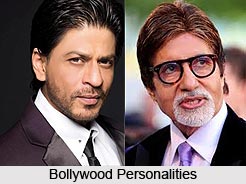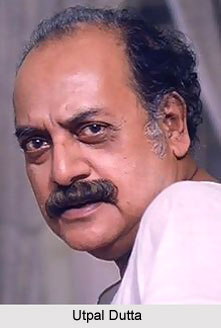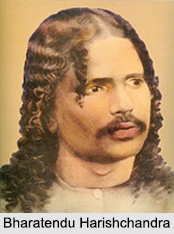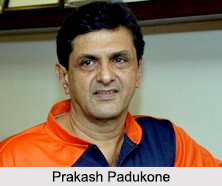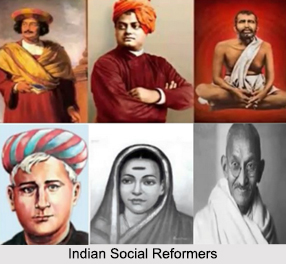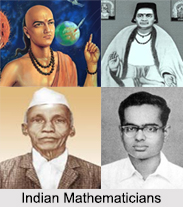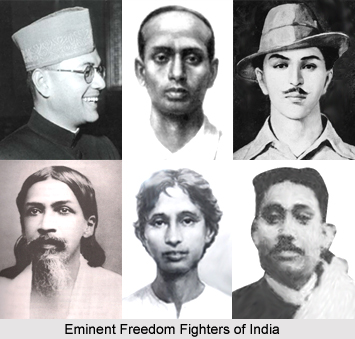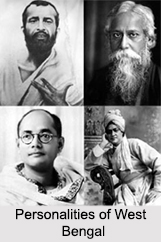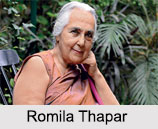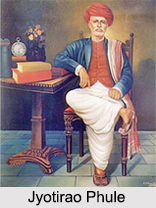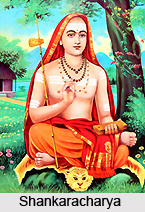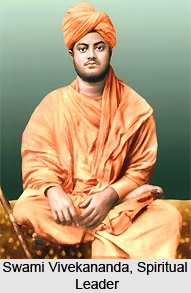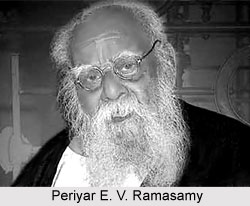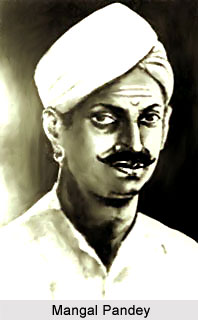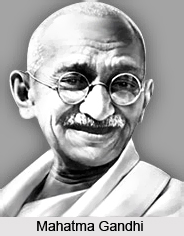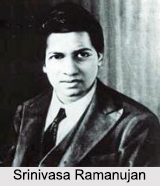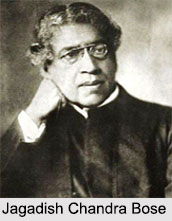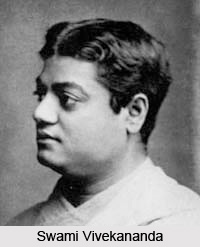 Swami Vivekananda, the rejuvenator of Hinduism in India and the preacher of its eternal truths abroad, was born at 6:33, a few minutes before sunrise, on Monday, January 12, 1863. It was the day of the great Hindu festival Makarasamkranti, when special worship is offered to the Ganga River by millions of devotees.
Swami Vivekananda, the rejuvenator of Hinduism in India and the preacher of its eternal truths abroad, was born at 6:33, a few minutes before sunrise, on Monday, January 12, 1863. It was the day of the great Hindu festival Makarasamkranti, when special worship is offered to the Ganga River by millions of devotees.
Before the birth of Swami Vivekananda his mother Bhuwaneshwari Devi had requested a relative in Varanasi to offer special worship to the Vireswara Shiva of that holy place and seek His blessings. One night she dreamt that this supreme Deity aroused Himself from His meditation and agreed to be born as her son. When she woke she was filled with joy.
Bhuvaneswari Devi accepted the child as a boon from Vireswara Shiva and named him Vireswara. The family, however, gave him the name of Narendranath Datta, calling him, for short, Narendra, or more lovingly Naren. The Datta family of Kolkata into which Narendranath had been born, was well known for its affluence, philanthropy, scholarship, and independent spirit. His grandfather, Durgacharan, after the birth of his first son, had renounced the world in search of God. Swami Vivekananda`s father, Viswanath Dutta was an attorney-at-law of the High Court of Calcutta and was versed in English and Persian literature. Swami Vivekananda`s had two brothers and four sisters.
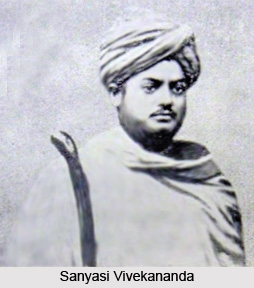
Narendranath grew up to be a sweet, sunny-tempered, but very restless boy. In order to quiet him, the mother often put his head under the cold-water tap, repeating Siva`s name, which always produced the desired effect. Naren`s boyhood pets were a family cow, a monkey, a goat, a peacock, and several pigeons and guinea-pigs. He was adept in meditation and could enter the state of samadhi. At this time he daily experienced a strange vision when he was about to fall asleep. Closing his eyes, he would see between his eyebrows a ball of light of changing colours, which would slowly expand and at last burst, bathing his whole body in a white radiance.
During his childhood, he had a great fascination for wandering ascetics and monks. He excelled in music, gymnastics and studies. He showed much interest towards philosophy, religion, history, the social sciences, arts, literature, and other subjects. He was also inclined towards Hindu scriptures like the Vedas, the Upanishads, the Bhagavad Gita, the Ramayana, the Mahabharata and the Puranas.
School and College Life of Swami Vivekananda
Narendranath sbegan his education at home and later he joined the Metropolitan Institution of Ishwar Chandra Vidyasagar in 1871. In 1879 he passed the entrance examination for Presidency College, Kolkata, entering it for a brief period and subsequently shifting to General Assembly`s Institution. When he graduated from the Calcutta University, he had attained a vast knowledge of different subjects, especially Western philosophy and history. Born with a yogic temperament, he used to practice meditation even from his boyhood, and was associated with Brahmo Samaj Movement for some time led by Keshab Chandra Sen. His initial beliefs were shaped by Brahmo concepts, which include belief in a formless God and deprecation of the worship of idols. Not satisfied with his knowledge of Philosophy, he wondered asking prominent people whether they had come "face to face with God" but could not get answers which satisfied him. It was from his Principal Reverend W. Hastie that he heard about Sri Ramakrishna Paramahansa.
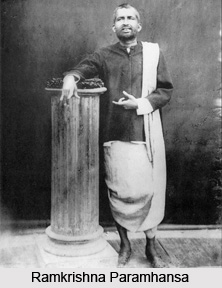
Swami Vivekananda with Ramakrishna
On November 1881 Narendranath met Sri Ramakrishna that proved to a turning point in the former`s life. When he asked Ramakrishna whether he has seen God or not the later replied "Yes, I have. I see Him as clearly as I see you, only in a much intenser sense." The first meeting at Dakshineswar between the Master and Narendra was momentous.
Sri Ramakrishna recognized instantaneously his future messenger. Slowly Narendranath began visiting Dakhineshwar. For five years Narendra closely watched the Master, never allowing himself to be influenced by blind faith, always testing the words and actions of Sri Ramakrishna in the crucible of reason.
Though at first Narendranath could not accept the views of Ramakrishna later with time he began realizing his thoughts. During the course of five years of his training, Ramakrishna removed all the doubts and Narendranath accepted Ramakrishna as his guru. This acceptance was wholehearted, final, and irrevocable. At Dakshineshwar, Narendra also met several young men who were devoted to Sri Ramakrishna, and they all became close friends.
In 1884 the sudden death of Narendranath`s father left the family penniless and Narendra had to bear the burden of supporting his mother, brothers and sisters. Sri Ramakrishna on the other hand was diagnosed with cancer in the throat. In September 1885 Sri Ramakrishna was moved to a house at Shyampukur, and a few months later to a rented villa at Cossipore. In these two places the young disciples nursed the Master with devoted care.
Monastic Life of Swami Vivekananda
Sri Ramakrishna instilled in these young men the spirit of renunciation and brotherly love for one another. One day he distributed ochre robes among them and sent them out to beg food. In this way he himself laid the foundation for a new monastic order. He gave specific instructions to Narendra about the formation of the new monastic Order. In the small hours of 16 August 1886 Sri Ramakrishna gave up his mortal body.
After the Master`s passing, fifteen of his young disciples (one more joined them later) began to live together in a dilapidated building at Baranagar in North Kolkata. Under the leadership of Narendra, they formed a new monastic brotherhood, and in 1887 they took the formal vows of sannyasa.
